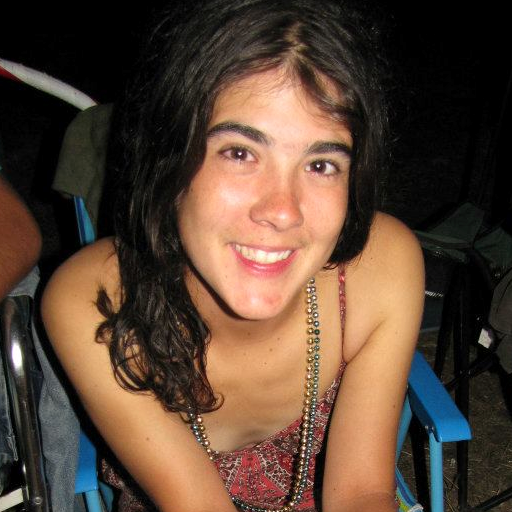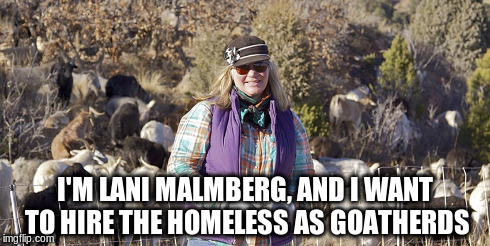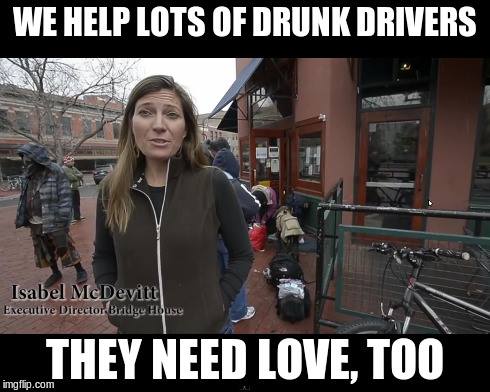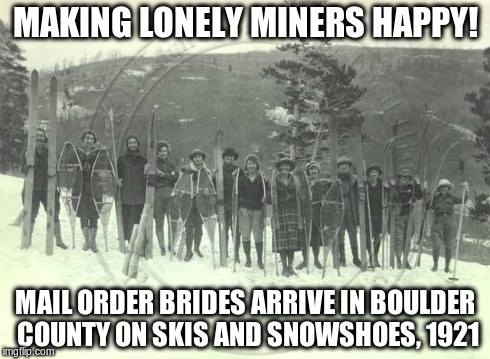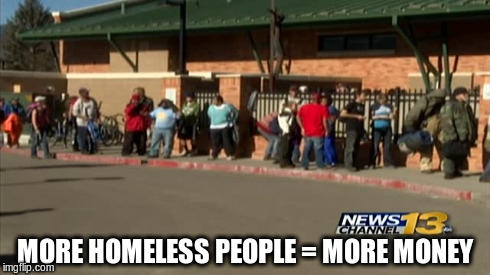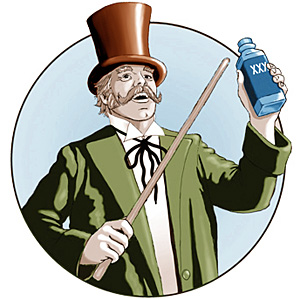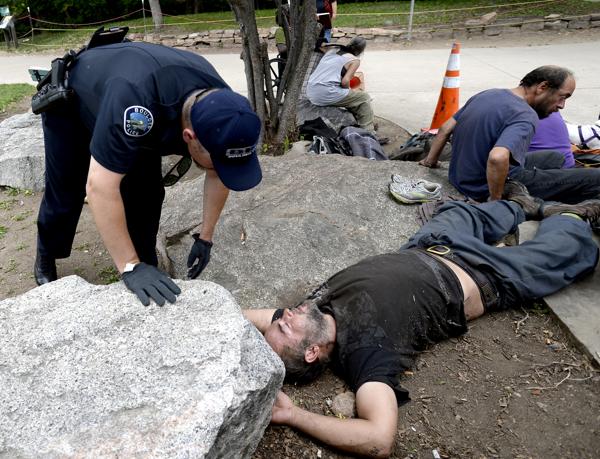A LITTLE MORE ACCOUNTABILITY, A LITTLE LESS ENABLING
(Originally published on 12/9/2012).
By Max R. Weller
It had been quite a while since I did the arithmetic for myself, but here is the latest calculation from a speech given by Rep. Paul Ryan (R-WI). Quoting below:
“Just last year, total federal and state spending on means-tested programs came to over one trillion dollars. What does that mean in practical terms? For that amount of money, you could give every single poor American a check for $20,000 – every man, woman and child,” said Ryan in a speech at the Jack Kemp Award ceremony . . .
“Instead, we just spent all that money trying to fight poverty through government programs, and now what do we have to show for it? Today 46 million people are living in poverty. During the last four years, the number of people on food stamps has gone up by 15 million,” Ryan said.
“Medicaid is reaching a breaking point, and one out of every four students fails to earn a high school diploma. In our major cities across America, half of our kids don’t graduate, half,” he added.
Ryan pointed out that 48 years after President Lyndon Johnson launched the war on poverty in 1964, “poverty is winning.”
So, what is the real motivation for continuing the failed welfare state policies? I think it’s the lust for POWER, concentrated in the hands of those running the government, from the POTUS down to the most humble bureaucrat. In this case, of course, More Poor People = More Power; there is no incentive to win the so-called War on Poverty, because those in government would be putting themselves out of work! We see the same thing on a smaller scale with Boulder, CO’s homeless shelter/services industry: More Homeless People (including transients from Denver and elsewhere) = More Money for various programs which are failing to end homelessness.
I consider this to be a great evil committed by our political leaders. And it’s not only poor people being exploited by the welfare state at taxpayers’ expense — look at corporate welfare, especially the General Motors bailout. Obama’s plan to bypass the ordinary course of bankruptcy for GM (in which court-supervised reorganization would have been premised on a sound business plan), resulted in lots of workers at GM’s suppliers getting f***ed over in favor of UAW workers at the automaker itself. Shares of GM which were, in effect, purchased by the taxpayers have lost half of their value, and there is no reasonable expectation that GM will ever reimburse the costs associated with the bailout in view of its historically low market share at this point. BTW, Ford never received a penny from Uncle Sugar and didn’t need it — that’s called good management in the free enterprise system.
Legitimate concerns of the federal government (and states, counties, cities, school districts, etc.) include providing a safety net for the poorest, most vulnerable among us. But NOBODY in their right mind, setting aside politics, believes that individual poor men, poor women, and poor children in America each received $20,000 worth of real help from government programs last year. Most of the $$$ disappeared down the bureaucratic rabbit hole.
It’s a travesty of compassion for the poor, and a full employment program for apparatchiks.
